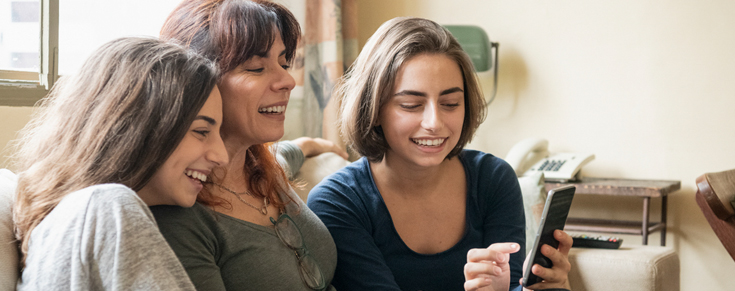LCPC
School Counselor and Author of “Middle School Matters”

Keeping Kids Substance-Free
We know kids don’t learn in a vacuum — and that risky behaviors can run together. Kids are exposed to many risks — from alcohol to cannabis – and parents can arm their kids with the knowledge and skills they need to make healthy decisions by opening the lines of communication and starting conversations.
The Facts
Most students do not use marijuana – 9 out of 10 eighth graders have never used marijuana. In 2024, 7 percent of 8th grade students report using marijuana in the past year and 4 percent used marijuana in the past 30-days.
Perceived risk of marijuana use among 8th graders rose significantly in 2024 – nearly 59 percent perceive there to be a great risk in using marijuana regularly. Since 1991, the perceived risk of using marijuana regularly among 8th graders has declined 25 percentage points (30% proportionally).
Disapproval of marijuana use continues to increase – in 2024, 68 percent of 8th graders disapprove of their peers trying marijuana. Additionally, 80 percent of 8th graders disapprove of their peers using marijuana regularly and 82 percent disapprove of vaping marijuana regularly.
Source: Monitoring the Future, 2024
A Note from School Counselor Phyllis Fagell
As a school counselor and health and wellness teacher in a K-8 school, I often field questions about the appropriateness of teaching preteens about cannabis. I understand parents’ instinct to delay the discussion until their child is older, but that’s not protective. It’s a missed opportunity, and it may even backfire.
If that seems counterintuitive, consider the developmental phase. Young adolescents are years away from having a fully formed prefrontal cortex and as a result they’re more likely to take unhealthy risks — and less likely to predict the consequences of their actions. They need their parents and teachers to arm them with good information, help them identify safe risks, and preview pressure-filled or tempting scenarios.
Tweens are getting bombarded daily with data — both accurate and inaccurate — from friends, the 24-7 news cycle and social media. That means they’re also getting subjected to a lot of bad information. Tweens hate to be manipulated, and adults can use that to their advantage by pointing out when others try to mislead them into believing that cannabis can’t harm their still-developing brain.
Cannabis can harm kids, but scare tactics are ineffective. The best way to reach a young adolescent is to honor their intellect, treat them as the expert in their own life, avoid lecturing, focus on developing their critical-thinking skills, and give them age-appropriate, factual information.
Prevention takes a village. Kids need their parents to talk to them about substance use as well. At home, approach your child from a stance of calm curiosity. You can ask, “What have you heard about cannabis?” or “Do you think you know more or less than what I think you know?” or “Do you think most kids think it’s dangerous to use cannabis?” Practice your poker face and stay nonreactive if they say something shocking. You want to make it safe for them to be honest and open.
I recognize that this entire topic may feel overwhelming — much like raising a tween! — but half the battle is being willing to have the conversation.

Phyllis L. Fagell
